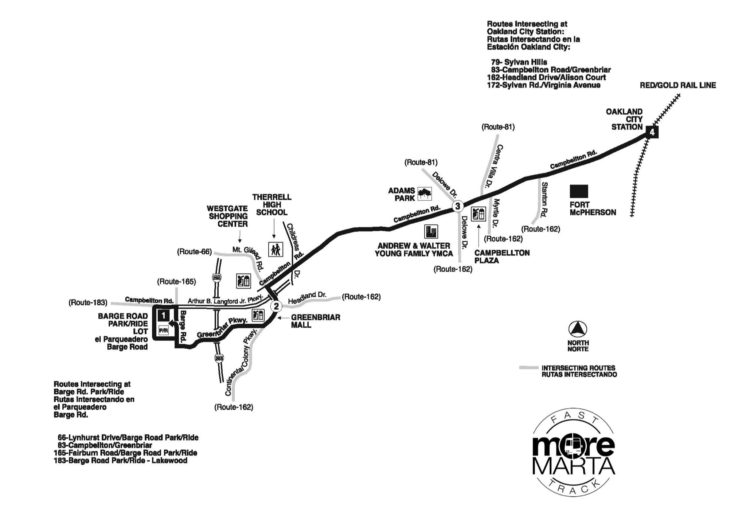
- Select a language for the TTS:
- UK English Female
- UK English Male
- US English Female
- US English Male
- Australian Female
- Australian Male
- Language selected: (auto detect) - EN
Play all audios:
In 2014, Ukraine’s military was called “decrepit” by one national security analyst, and its navy was in “a sorry state.” Ukrainian General Victor Muzhenko, a former top commander of
Ukraine’s armed forces, went as far to say that the military was “an army literally in ruins.” Yet eight years later, after the Russian invasion that started on Feb. 24, 2022, the
performance of Ukraine’s military has been surprisingly strong against the larger and better equipped Russian military. The Ukrainians’ stiff resistance is the result of four significant
factors. The first two were the Ukrainian government’s committed effort in 2016 to reform its military, coupled with millions of dollars’ worth of Western aid and military equipment. The
third factor was important changes in Ukrainian military thinking that now allows for junior leaders to make battlefield decisions. Until recently, those leaders needed to seek permission to
change orders given by commanders, regardless of whether changing battlefield conditions had rendered those orders irrelevant. The last significant factor, arguably the most important,
occurred among the Ukrainian people – a national culture of military volunteerism emerged. As a result, a government agency was created to organize and train civilians in defense against
military attacks. From 2016-2018, I helped Ukraine reform its defense establishment. During that time, I also conducted field research in Georgia to study the 2008 Russo-Georgian war. Based
on that research, the Russian tactics used to invade Ukraine have not been surprising. What has been surprising is the performance of the Ukrainian army. WIDESPREAD DEFENSE REFORM In 2014,
the Ukrainian government launched a comprehensive review of its national security and military defense. The review identified a number of issues that directly resulted in poor combat
performance. The shortcomings ranged from an inability to fight cyberattacks to poor medical care delivery. Corruption was rampant, troops were not getting paid and basic supplies always ran
low. Overall logistics and command were also inefficient. To remedy these shortcomings, then-President Petro Poroshenko in 2016 directed sweeping reforms in five categories: command and
control, planning, operations, medical and logistics, and professional development of the force. It was an ambitious plan that set a goal for completion in only four years. A herculean
effort under the best of circumstances, the Ukrainians at the time were fighting a war against Russian separatists in the Donbas. What motivated Ukrainian officials and accelerated the
reforms was a deep-seated fear that Russia might launch an invasion. Though all the reforms have not been implemented as yet, significant improvements have occurred over the last six years.
The evidence has been seen in response to the Russian invasion. US MILITARY AID To support Ukrainian military reforms, the U.S. increased its financial aid to Ukraine shortly after Russia’s
illegal annexation of Crimea in 2014 and its support of separatists in Ukraine’s east. In 2014, the Obama administration provided US$291 million in assistance, and by the end of 2021, the
United States had given a total of $2.7 billion in training and equipment. As part of this assistance, the United States helped train Ukrainian soldiers at the Yavoriv military base. The
base quickly became a top-notch training center, where an estimated five battalions have trained annually since 2015. In 2016, Poroshenko asked for senior defense advisers from the United
States, Canada, the United Kingdom, Lithuania and Germany to advise Ukraine on modernizing its armed forces with the goal of reaching NATO standards, rules and procedures by 2020. One such
NATO rule was a requirement for civilian control of the military; at the time, Ukraine’s minister of defense was also an active duty general. Another important NATO standard was insuring
that Ukraine was able to integrate its logistical support with other NATO units when deployed. Western support also included various weapons and equipment, including Humvees, drones, sniper
rifles, radars that locate the origin of enemy fire and thermal scopes that are used to identify targets during the day or night. One item of particular interest to the Ukrainians was
obtaining better anti-tank missiles. When Russia sent T-90 tanks across the border to support separatists in 2014, Ukraine’s existing weapons were unable to penetrate the armor of T-90s. In
2017, the United States provided the first set of Javelin anti-tank missiles to Ukraine. Once the invasion became imminent, Western nations sent additional weapons and munitions to Ukraine,
including Stinger missiles from Lithuania and Latvia, Javelin anti-tank missiles from Estonia and anti-tank missiles from the United Kingdom. BATTLEFIELD DECISION-MAKING In 2014, Ukraine’s
military culture discouraged risk-taking by junior leaders – the lieutenants and captains who were conducting the fighting on the ground. Unable to make decisions, junior leaders were
required to seek permission before they could act, thus ruling out the possibility for what are called “disciplined initiatives.” These initiatives occur when initial battlefield orders are
no longer relevant or fit the changing situation. Given the speed, maneuverability and lethality of modern warfare, disciplined initiatives can be the difference between success and failure.
While fighting Russian-backed separatists and Russian forces in the Donbas in 2014, the Ukrainians quickly learned that lower-level leaders, such as platoon leaders and company commanders,
could not wait for approval from a higher headquarters for every move. The speed of battle was simply too fast. A new culture has emerged, and the Ukrainians are fighting now with a newer
version of the ends justify the means: Outcomes are more important than processes. This cultural shift, combined with eight years of fighting in the Donbas, has created a generation of
combat-ready officers. A NATION OF VOLUNTEERS Volunteers from across Ukraine flocked to the Donbas in 2014 to fight Russian-backed separatists. There were so many that entire volunteer
battalions had to be created. But there was little time for training. Volunteers were thrown into rapidly created units with mismatched camouflage uniforms and sent to the front with a
hodgepodge of weapons. Yet these volunteers bought time for Ukraine to mobilize and helped hold the line to prevent further Russian penetration deeper into Ukraine. To remedy the problems in
organizing the volunteer effort, Ukraine passed a law that took effect on Jan. 1, 2022. The law established a Territorial Defense Force as a stand-alone branch within the military. Some of
these positions are for professional soldiers; others are reservists. The force will include 10,000 career positions in peacetime and organize 120,000 reservists into 20 brigades. Russia
initiated its invasion before this force could be fully established, but it does, nonetheless, provide an organizing structure as the war continues. UKRAINIAN RESOLVE Despite these reforms
and Ukraine’s resistance to date, Russia’s war machine still dwarfs Ukraine’s. A successful defense against Russia is a daunting challenge and will require resolve, something that Ukrainians
have demonstrated repeatedly over the past eight years and in the opening days of the current war. Based on my time there, the Ukrainians are proud, patriotic and prepared to do whatever is
necessary to defend their nation. [_Over 150,000 readers rely on The Conversation’s newsletters to understand the world._ Sign up today.]







